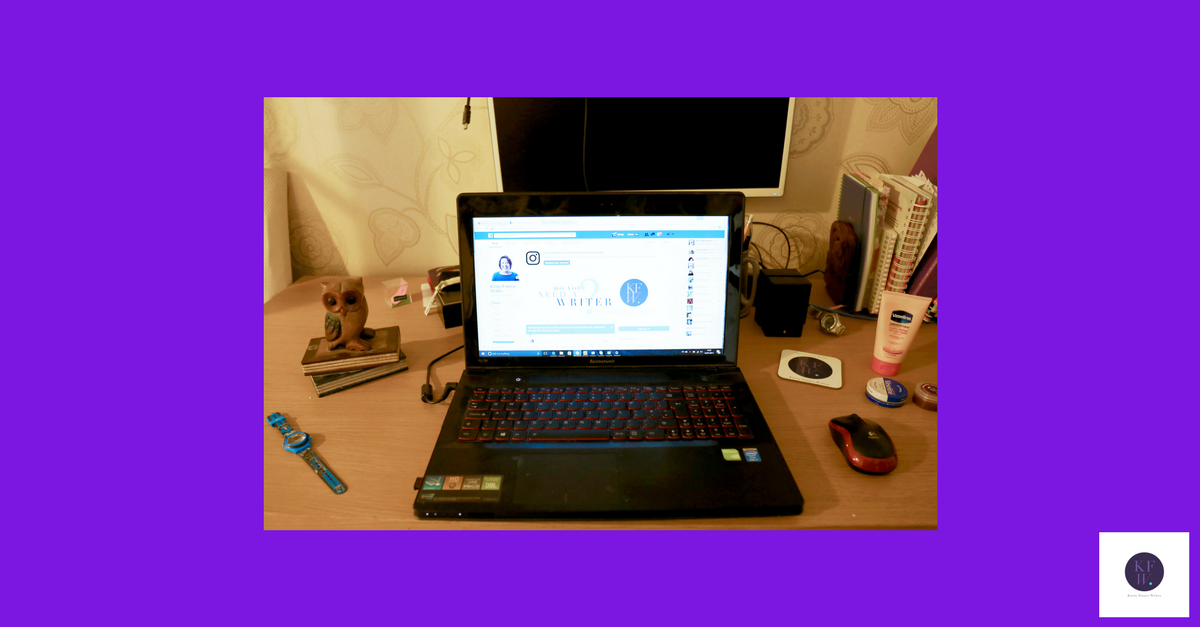 Are you annoying your customers without meaning to? Could you be bringing in more business if your marketing talked to your audience in the right way?
Are you annoying your customers without meaning to? Could you be bringing in more business if your marketing talked to your audience in the right way?
Bridging the gap between you and your audience can be harder than you think. There are so many potential pitfalls if you misjudge your customers. The main problem is that you’re an expert. You know your business and your subject inside and out but your customers might not. You run the risk of alienating them by blinding them with science. Conversely, you could also end up patronising them by assuming they know less than they do.
It’s a balancing act. So how do you get it right?
Get to know your audience
If you’ve read my last blog you’ve hopefully taken steps to work out who your ideal customers are. The next stage is to start talking to the existing customers who represent the people you’d like to work with more. What level of knowledge do they already have about your business? What do they like about what you do? Are there things they’d like to know more about? You might get a surprise. I have a friend who makes beautiful glass pieces and she was amazed when a few of us told her we’d like to see behind the scenes. The process of crafting pieces and firing glass is commonplace to her but fascinating to the rest of us.
Working out what content will appeal to your audience is a great start, but the next stage is to get the language right.
Use the right voice
Have you ever had someone speak to you as if you were a small child? Annoying, isn’t it? Unless you are a small child, in which case congratulations on your reading skills and ability to use the internet. Generally, your customers want to feel that they can speak to you as an equal. You might have specialist knowledge or skills that they need but they still want to be able to communicate with you in a straightforward way. It builds trust which will make your life easier in the long term too.
The language you use needs to reflect your brand. However, it also needs to meet your audience at the right level. Talking to your existing customers can be crucial here. Listen to the phrases that they use. Using people’s own language in your marketing can give it real power as customers feel that you’re reflecting their lives.
It can be a big help if your customer profiling has got to the level of identifying what newspapers they read. The language a Sun reader identifies with will be very different from that of a Times crossword devotee. Mirroring the kind of language they’re used to will make you seem instantly familiar.
Reflect your brand
With me so far? Excellent. Now comes the really tricky part. Once you’ve worked out what your customers want to hear you need to make it sound like you. That’s relatively easy if you’re a one person business. You can use your voice and tailor the language you use so it suits your customers.
If you run a larger business your brand guidelines should reflect not only your visuals but the language you use. The language needs to be mediated via the image you want to present and your customer’s needs.
Are you already talking to your audience about the ways you speak to them? Share your experiences in the comments below. As always, if you enjoy my blog please share it with your network!
